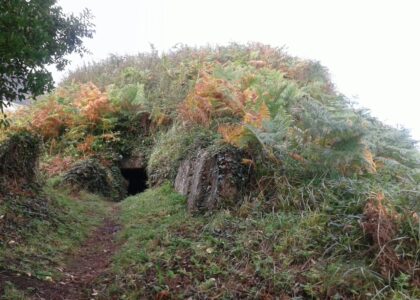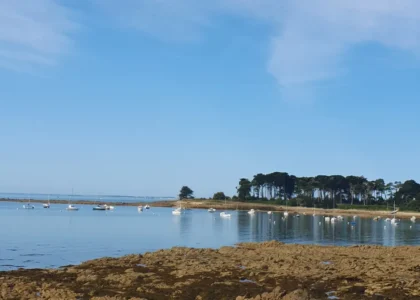Welcome to the ancient oppidum of the Rutènes, a site steeped in history that has witnessed the ebb and flow of human civilization for centuries. This location, nestled within the modern-day regions of Tarn and Aveyron in France, was once a thriving settlement for the Rutène tribe, a Celtic people who made their mark here from around the 4th century BC. The Rutènes were known for their agricultural prowess, cultivating wheat, barley, flax, and hemp, and they also exploited the region’s rich mineral resources, such as iron and copper.
As you explore this area, imagine it as it was in ancient times—a bustling hub where the Rutènes engaged in vibrant trade with Roman merchants well before the era of Julius Caesar. Archaeological finds, such as fragments of Roman amphorae, reveal that Roman wine was a popular commodity among the Gauls even before the Roman conquest.
The oppidum itself served as a fortified settlement, offering protection to its inhabitants and serving as a focal point for trade and governance. It was strategically located to benefit from the surrounding natural resources and trade routes, although it remained somewhat isolated from the major Roman roads that connected larger cities like Toulouse and Narbonne. This isolation, however, did not hinder the cultural and economic exchanges that took place here.
In the Gallo-Roman period, the Rutènes’ territory became part of the Roman Empire, falling under the province of Narbonensis. This integration led to the development of Roman villas in the region, as seen in archaeological sites at Gaillac and Rabastens, which indicate a flourishing agricultural economy. The region’s development was supported by the navigable Tarn River, which enabled the export of wine, cereals, and metals.
Despite its rich history, the oppidum did not grow into a large urban center like some of its contemporaries, yet it remained a vital part of the local landscape, contributing to the cultural tapestry of ancient Gaul. Today, as you walk these ancient grounds, you are treading on layers of history that have shaped the character and legacy of this enchanting region.






